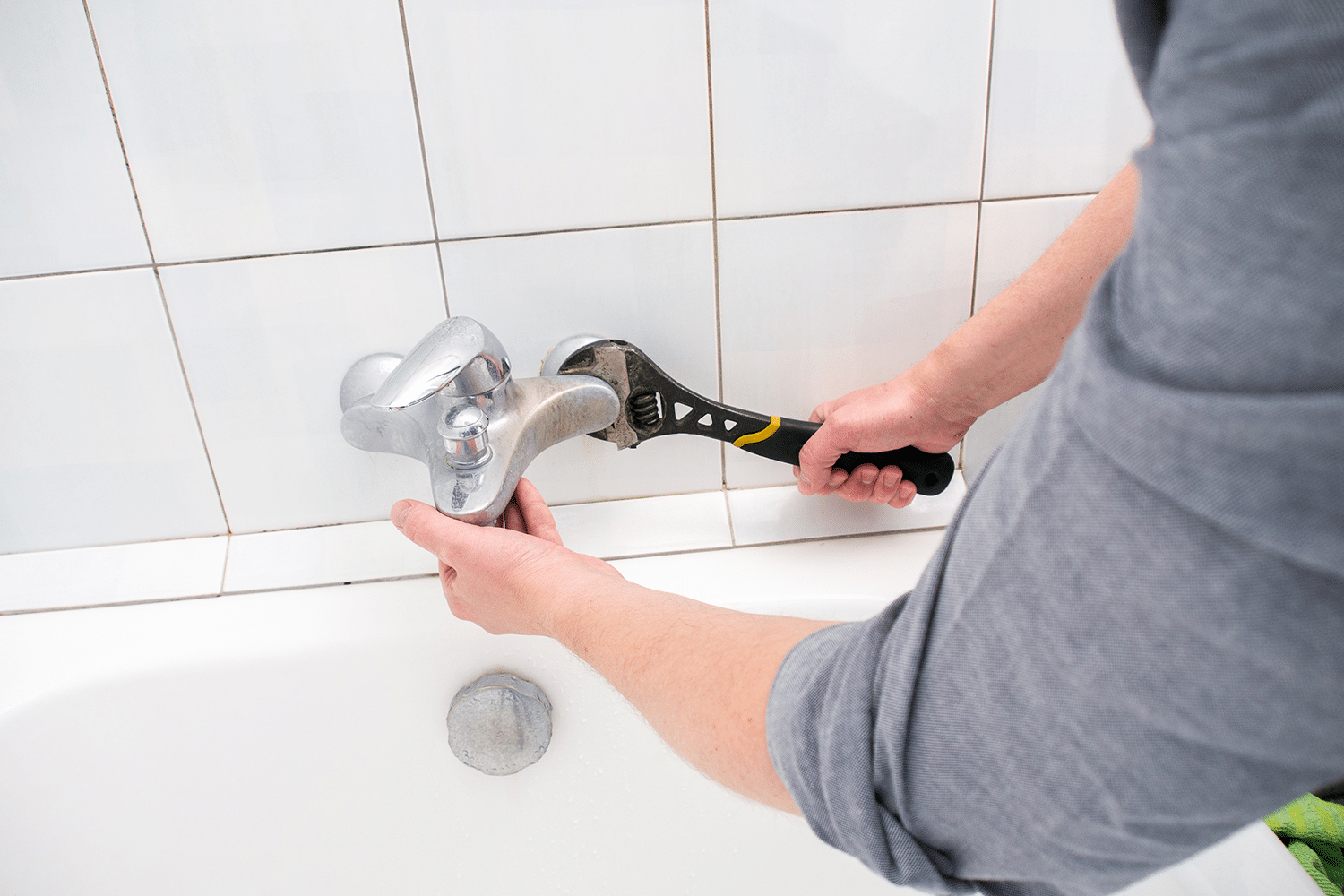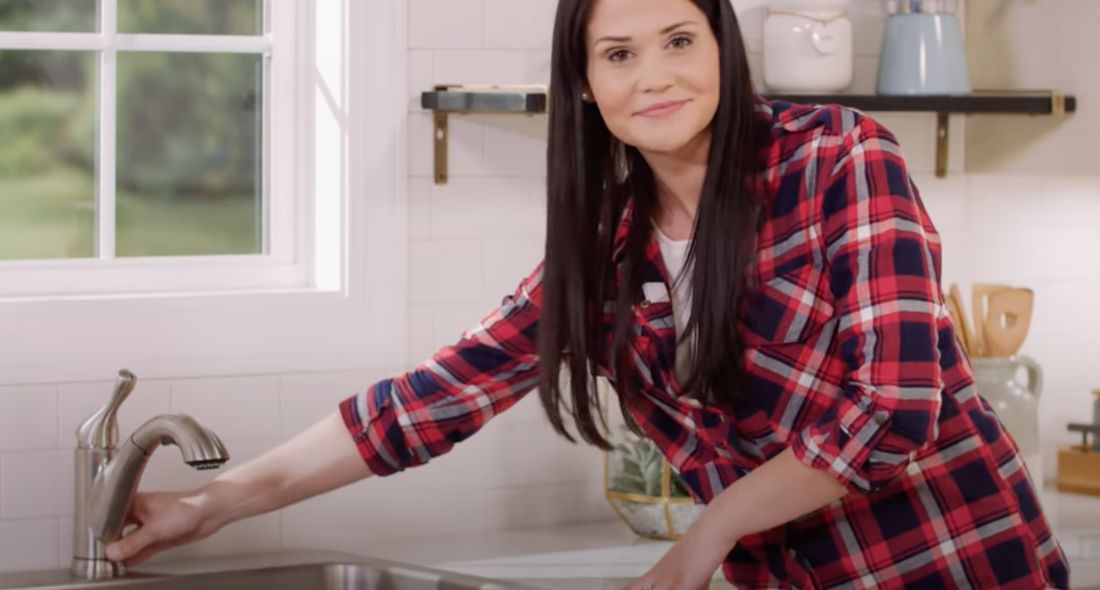Are you in search of tips involving Why Is It Important To Fix Your Leaking Tap/Faucet??

Leaking taps may look like a small trouble, but their impact exceeds just the inconvenience of the sound. From drainage to sustaining unneeded financial costs and health and wellness threats, ignoring a dripping tap can result in various effects. In this short article, we'll look into why it's important to resolve this common home concern quickly and efficiently.
Wastage of Water
Ecological Influence
Trickling taps contribute dramatically to water wastage. According to the Epa (EPA), a solitary tap trickling at one drip per second can throw away greater than 3,000 gallons of water each year. This not only pressures water resources yet additionally affects environments and wildlife depending on them.
Financial Costs
Enhanced Water Bills
Beyond the ecological impact, trickling taps can blow up water costs considerably. The accumulated waste in time equates right into greater energy costs, which can have been prevented with prompt repair work.
Prospective Property Damages
In addition, prolonged leaking can cause harm to fixtures and surfaces surrounding the faucet. Water buildup can cause staining, corrosion, and also architectural issues if left unattended, leading to added repair work prices.
Health Problems
Mold and Mildew Growth
The consistent presence of wetness from a leaking tap produces an excellent atmosphere for mold and mildew growth. These fungi not just jeopardize interior air quality however additionally pose health risks, specifically for individuals with respiratory problems or allergies.
Waterborne Diseases
Stationary water in dripping taps can become a breeding ground for microorganisms and various other pathogens, boosting the risk of waterborne conditions. Contaminants such as Legionella bacteria thrive in stagnant water, possibly causing significant illnesses when consumed or inhaled.
Do it yourself vs. Professional Fixing
Advantages and disadvantages of DIY Repair Work
While some might attempt to take care of a dripping faucet themselves, do it yourself repair services come with their own collection of challenges. Without appropriate expertise and devices, DIY efforts can exacerbate the problem or cause incomplete repairs, prolonging the problem.
Advantages of Employing a Specialist Plumber
Employing a specialist plumber makes certain that the underlying cause of the leaking faucet is addressed successfully. Plumbing technicians possess the experience and equipment to detect and repair faucet issues efficiently, conserving time and reducing the threat of more damage.
Step-by-Step Guide to Taking Care Of a Dripping Faucet
Tools Needed
Prior to trying to repair a dripping faucet, gather the needed devices, consisting of an adjustable wrench, screwdrivers, replacement components (such as washers or cartridges), and plumber's tape.
Typical Tap Issues and Their Solutions
Recognize the type of tap and the details concern triggering the drip. Typical issues include worn-out washing machines, corroded shutoff seats, or defective O-rings. Describe producer guidelines or online tutorials for step-by-step support on repairs.
Safety nets
Regular Upkeep Tips
To stop trickling faucets, perform routine maintenance such as cleansing aerators, evaluating for leakages, and replacing damaged parts immediately. In addition, consider mounting water-saving gadgets or upgrading to extra efficient components.
Value of Prompt Repair Works
Resolving leaking taps as quickly as they're noticed avoids more water wastage and potential damages, ultimately saving both water and money over time.
Influence On Residential Or Commercial Property Value
Assumption of Well-Maintained Home
Maintaining a home in good condition, consisting of dealing with maintenance concerns like dripping taps, improves its viewed worth and worth amongst possible purchasers or renters.
Influence on Resale Value
Features with properly maintained plumbing fixtures, including taps, command greater resale values in the real estate market. Addressing dripping faucets can add to a positive perception during property examinations and arrangements.
Ecological Duty
Specific Payment to Preservation
Taking responsibility for fixing leaking faucets lines up with wider efforts toward water preservation and environmental sustainability. Every person's actions collectively make a considerable influence on preserving priceless resources.
Lasting Living Practices
By prioritizing prompt repair services and taking on water-saving behaviors, individuals contribute to sustainable living practices that profit both existing and future generations.
Conclusion
Addressing a trickling faucet surpasses simple ease; it's a vital step toward conserving water, decreasing monetary expenses, and protecting health and wellness and building. Whether via DIY fixings or specialist aid, doing something about it to repair dripping faucets is a tiny yet impactful method to promote accountable stewardship of sources and add to a healthier, extra lasting future.
How to Fix a Leaky Faucet: Step-by-Step Repair Guide
A leaky faucet may seem like a simple annoyance, but if it's not fixed promptly, that leak could cost hundreds to potentially thousands. From water damage to mold, mildew, and high water bills, even a tiny leak can be catastrophic if left unattended. Damage like this can even affect the overall value of your home, so it's important to take the right approach for leaky faucet repair. You may need the help of a plumber in some cases, but we've got a few tips you can try on how to fix a leaky faucet before calling the pros.
Four Faucet Types
When you're learning how to fix a leaky faucet, the first step is knowing what kind of faucet you're working with! There are four common types.
Cartridge Faucets
Cartridge faucets come in one- or two-handled varieties. In one-handled cartridge faucets, hot and cold water combines in a single cartridge. In the two-handled versions, hot and cold water are controlled separately and mixed in the faucet.
Ball Faucets
Ball faucets have a single lever you push up and down to adjust the pressure and rotate to change the temperature. A slotted metal ball controls the amount of water allowed into the spout.
Compression Washer Faucets
They're the oldest type of faucet, but they're still used in many homes — especially older ones. Compression faucets have two separate handles that, when turned, raise or lower the washer that seals a water valve. This valve stops water from flowing through the faucet when it is turned off.
Disc Faucets
Disc faucets rarely need to be repaired due to their maintenance-free design. The water flow is controlled by two discs — the upper one raises and lowers against a fixed lower disc, creating a watertight seal. If your disc faucet starts leaking, you may need to replace the seals or clean residue buildup from the inlets.
Fixing a Leaky Faucet
Step 1: Turn Off the Water
Whether you're learning how to fix a leaky bathtub faucet or how to fix a leaky kitchen faucet, always turn off the water supply to your working area when you're fixing a leak. The last thing you want is a flood added to your list of things to fix.
Look for the shutoff valves below your sink or around the tub and turn them clockwise to stop the water flow. If your faucet doesn't have shutoff valves, you may need to turn off the water for the whole house. Check to make sure it's off by turning the faucet on. If nothing comes out, you're ready to start the repair.
Step 2: Take Apart the Faucet
How you disassemble your faucet depends on the type of fixture you have. You can use a flathead screwdriver to remove the caps on top of the handle or handles for cartridge and compression faucets. Inside, you should see handle screws. Unscrew these with a screwdriver to remove the handle.
Disc- and ball-style faucets will typically have an inlet screw near the handle, and removing that will reveal the interior of the faucet.
Detach the Valve Stem
For cartridge- and compression-style faucets, you'll see the inner valve stem or cartridge once you remove the faucet handles. If you have a compression faucet, unscrew the brass valve stem. If you have a cartridge faucet, pull out the cartridge. If your cartridge has been in place for a while, it may require some tools or extra force to remove it due to mineral deposits.
Examine and Replace Parts
Once you've removed the parts, check them out to confirm what needs to be replaced. You may see corroded rubber washers, O-rings, stems, or cartridges. On a ball-style faucet, check the seats and springs for damage.
If you need to repair a leaky disc faucet, check the inlet and seals on the lower disc.
Once you determine what parts must be replaced, visit your local hardware store. Bring the damaged parts with you to ensure you can purchase the correct components to replace them.
Clean Valves and Faucet Cavity
If you've removed a stem or cartridge, you may notice mineral buildup in the faucet's threads. Use white vinegar to clean the valve seat by soaking it for a few minutes, then scrub it away with a soft toothbrush and rinse with warm water. You can also clean the interior of the faucet in the same way.
Reassemble the Faucet
Once your faucet is cleaned and the required parts have been replaced, it's time to reassemble it. Put the pieces back together and slowly turn the water supply back on. Doing this slowly is crucial because too much initial water pressure can damage the new hardware you've just installed.
https://homewarranty.firstam.com/blog/how-to-fix-leaky-faucet

We had been shown that report about How to Fix a Dripping or Leaky Faucet through a good friend on our other domain. Don't hesitate to take the opportunity to promote this blog if you enjoyed it. Many thanks for your time. Revisit us soon.